Mining Explorers 2017: Alaska's $360 billion potential
Big 3 world-class mine projects could bolster Last Frontier economy
Last updated 1/24/2018 at 12:03pm
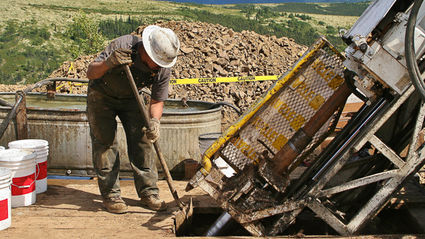
Novagold Resources Inc.
Drilling has outlined a roughly 40-million-ounce gold deposit at the Donlin Gold project in western Alaska.
Three world-class deposits in Alaska – Pebble, Donlin Gold and Livengood – are far enough advanced to be considered beyond the exploration stage but not quite ready to break ground on development.
Together, these three colossal deposits host more than US$160 billion worth of gold – with Pebble adding nearly another US$200 billion worth of copper, molybdenum and silver at today's metals prices.
The jobs and revenue generated from developing operations to mine these three global-scale deposits would help bolster Alaska's economy, which has suffered from declining oil prices.
"Alaska is starting to realize that if you want mines to contribute more, you need more mines," Trilogy Metals President and CEO Rick Van Nieuwenhuyse told the global investment community during a Sept. 19 presentation at the Precious Metals Summit in Colorado.
Van Nieuwenhuyse, who played a significant role in expanding Donlin Gold to nearly 40 million ounces during his tenure as president and CEO of Novagold Resources Inc., is now advancing two high-grade copper deposits in Northwest Alaska toward permitting.
First up, Donlin
Of Alaska's "Big 3" gold projects, Donlin Gold is the nearest to breaking ground on the development of a world-class mine.
Anticipating receiving permits in the first half of 2018, Donlin Gold LLC – equally owned by subsidiaries of Novagold and Barrick Gold Corp. – invested US$8 million on a 2017 field program that will collect information for optimizing a mine plan for Donlin.
This will be the first significant field program at Donlin since the completion of a feasibility study for the 40-million-ounce gold project in 2011.
The Donlin Gold Mine outlined in the study is projected to average roughly 1.1 million oz gold annually over an initial 27-year mine-life.
At US$1,200/oz. gold, the base case price used in the study, this operation is calculated to generate after-tax cash flow averaging US$949.5 million annually for the first five years and US$500.7 million annually over the life of the mine.
Under this scenario, the partners would be paid back the roughly US$6.7 billion needed to build the mine in 9.2 years.
While this project has been working its way through the permitting process, Barrick and Novagold have been studying ways to optimize the world-class gold project.
"We are encouraged by the prospects to further optimize the Donlin Gold project, which has the potential to be the largest pure gold mine in the world – in one of the safest jurisdictions of the world," said Barrick President Kelvin Dushnisky.
This year's field work, which included both geological and geotechnical drilling, was designed to collect the data needed to inform and potentially implement upgrades the partners have been considering.
"As permitting activities approach their conclusion, we believe that the approved field work will reaffirm Donlin Gold's status as the asset best positioned to capitalize on the resumption of the long-term bull market in gold," said Novagold President and CEO Greg Lang.
The environmental impact statement for Donlin, the key piece to the permitting process in the United States, is on pace to be finalized around March. It is expected that it will take the U.S. Army Corps of Engineers, the lead agency for the Donlin Gold EIS, another three or four months to write a record of decision.
All other permits needed for construction to begin are also expected to be issued by that time.
Donlin Gold also continues to pursue permitting for a 312-mile pipeline to transport gas from Cook Inlet to the mine site. The partners hope to obtain the pipeline permits in roughly the same timeframe as the expected permits for mine development.
If all comes together according to plan, Donlin Gold LLC could be ready to begin developing the largest pure gold mine in the world by the end of 2018.
Pebble next?
As Donlin Gold reaches the permitting finish line, the Pebble project is preparing to enter the mine authorization marathon that typically takes seven to 10 years in the United States.
With roughly 56.8 billion pounds copper, 70.4 million ounces gold, 3.4 billion lbs. molybdenum and 343.6 million oz silver in measured and indicated resource, the trophy at the other end is substantial.
"When it comes to undeveloped assets, Pebble is both the largest copper and largest gold resource in the world," Northern Dynasty President and CEO Ron Thiessen told Mining News in May.
This enormous asset in Southwest Alaska, however, has faced stiff opposition, including a U.S. Environmental Protection Agency under the Obama Administration that attempted to extend its regulatory reach by placing cumbersome restrictions on the scope of a mine that could be developed at Pebble before the developer even applied for permits.
Under the Trump Administration, EPA has started the process of unwinding the agency's 2014 determination to restrict Pebble permits.
The environmental regulator said it "believes that withdrawing the proposed determination now, while allowing the factual record regarding any forthcoming permit application to develop, is appropriate at this time for this particular matter."
Northern Dynasty Ltd., currently the sole owner of the Pebble Partnership, hopes to reach two more major milestones – qualifying and securing a new major funding partner and filing for permits to develop a mine at the world-class Pebble project – by the end of 2017.
With a deposit that could already last more than a century, there is little immediate need to expand Pebble. Signs that Pebble might once again be moving forward, however, are spurring hope for renewed exploration at other copper-rich porphyry projects in the area.
Quaterra Resources Inc. cut a deal this year on Groundhog, one of the most promising of the Pebble-area prospects.
The 40,000 acres of state mining claims that make up the Groundhog property encompasses the extension of a structural zone that hosts Pebble, which is about three miles south of the Groundhog boundary.
Alaska Earth Sciences, an Anchorage-based geological consulting firm, discovered the Groundhog prospect and Kennecott Exploration Inc., a subsidiary of Rio Tinto, explored the property for about five years prior to pulling out of Alaska in 2014.
Following Kennecott's departure, Alaska Earth Sciences formed a partnership with Kijik Corp., the Alaska Native village corporation for Nondalton, the nearest community to Groundhog.
This partnership, Chuchuna Mineral Company, has granted Quaterra the option to earn a 90 percent interest in Chuchuna in exchange for US$5 million in exploration and US$3 million in cash payments over a five-year period.
This includes at least US$1 million for exploration during 2017.
A geophysical survey flown over a portion of the property this summer was used to target a small drill program that began in July.
These widely spaced holes were designed to provide a better idea of the tenor of mineralization that may lie hidden under the shallow glacial till and tertiary volcanic cover that blankets the property.
Optimizing Livengood
While International Tower Hill Mines Ltd.'s Livengood project may be the smallest of Alaska's Big 3, the 11.5 million oz of gold in the measured and indicated resource category definitely earns the world-class moniker.
The fact that it lies alongside a paved highway only 70 miles north of Fairbanks adds to the unique attributes of this large, but relatively low-grade gold mine project.
A pre-feasibility study completed for Livengood in 2016 outlines plans for a 52,600-metric-ton-per-day mill that would produce 6.8 million oz of gold over a 23-year mine life, or roughly 294,100 oz annually.
This is based on 392 million metric tons of reserves averaging 0.71 g/t (9 million oz) gold.
"The fundamentals of the project are compelling: one of the largest gold resources in North America that is not owned by a major, an accessible location in a stable jurisdiction, and a project that is highly leveraged to the gold price," said Karl Hanneman, who took over as Tower Hill CEO in February.
This year, Tower Hill is investing around US$6.3 million in a work program focused largely on improving the economics of developing this deposit into a world-class mine.
The 2017 program targeted those aspects of the project that could deliver the highest increase to its net present value for the least expenditure. Work is also planned to advance the environmental baseline efforts needed to support future permitting.
Turning Livengood and its advanced exploration counterparts into operating mines would go a long way toward Alaska further realizing the economic benefits of the world-class minerals potential for which the Far North state is renowned.


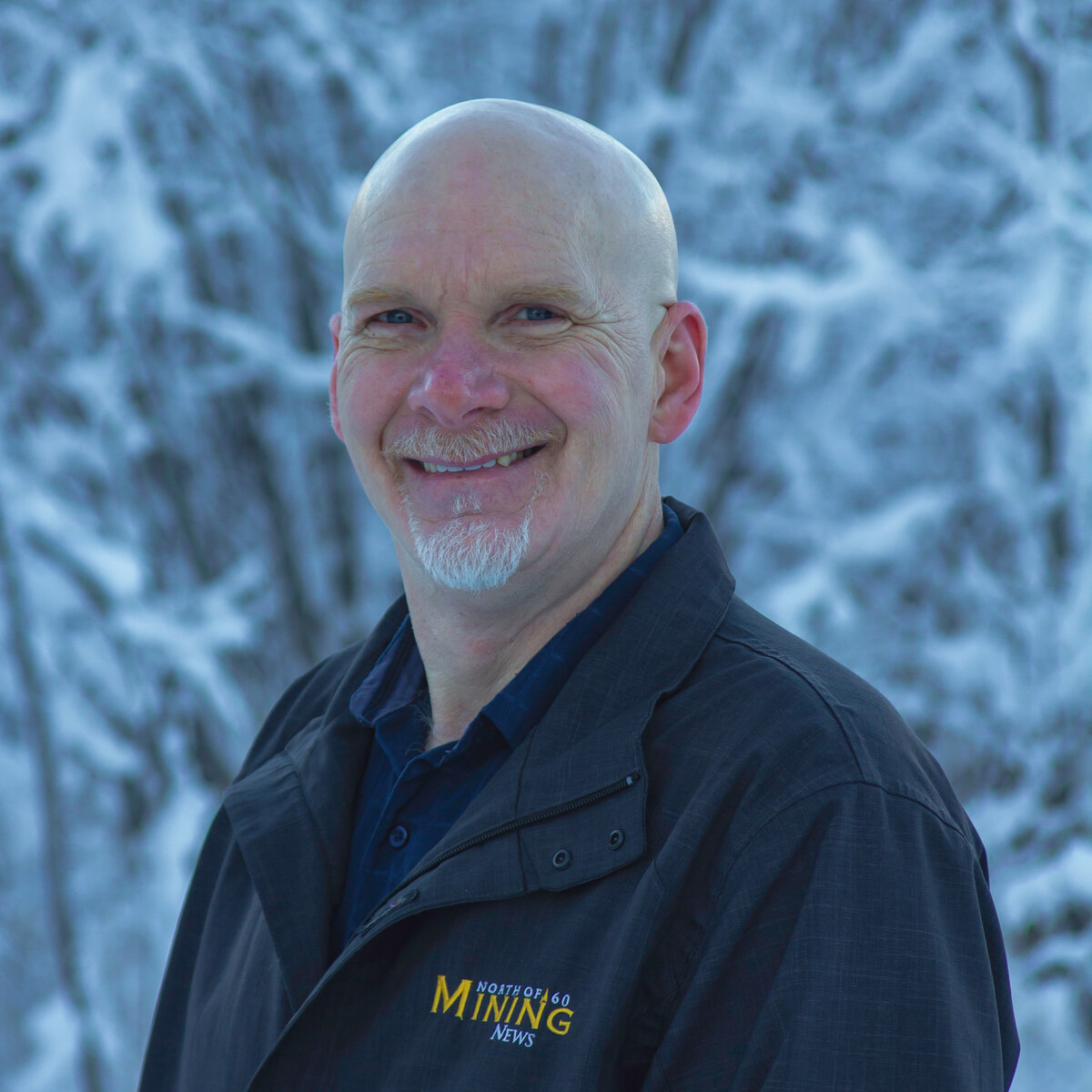





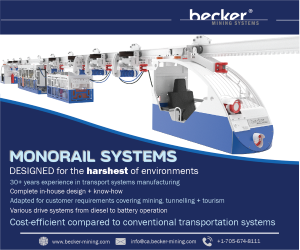
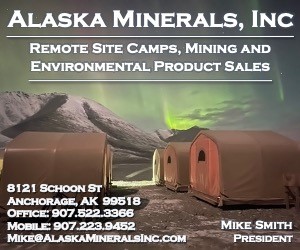
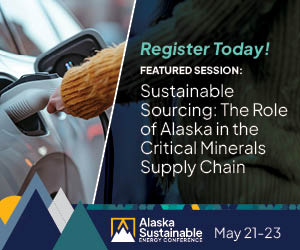
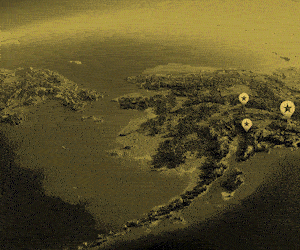

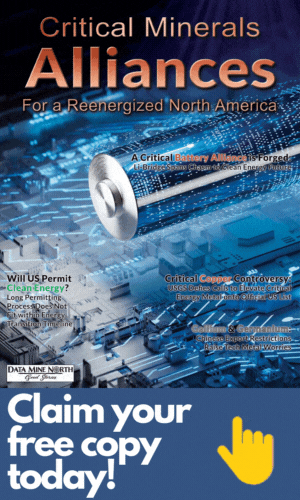
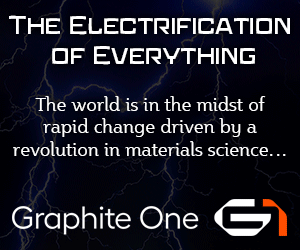
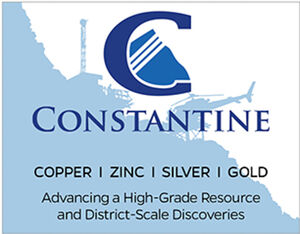


Reader Comments(0)